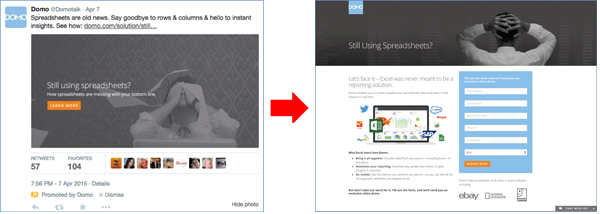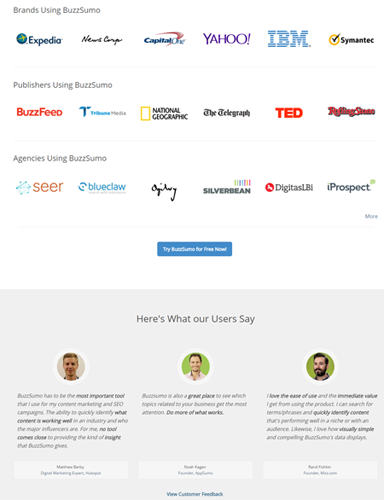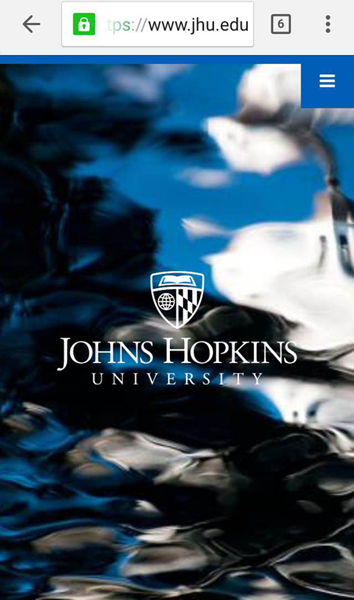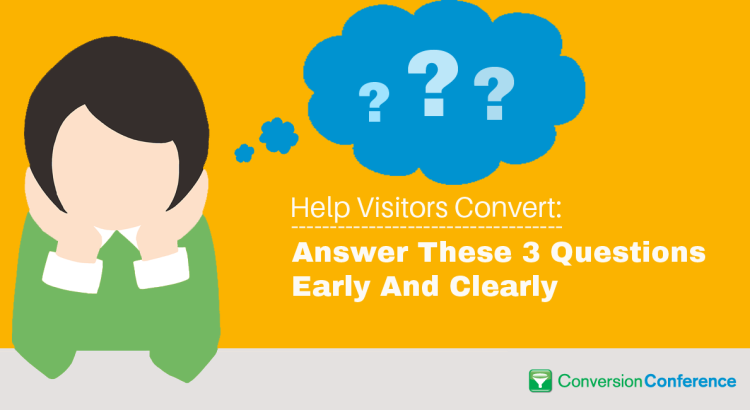People visit web pages because they have some sort of problem to solve.
And to assess whether a page they land on is going to get their needs met, they instantaneously go through this checklist:
- Am I in the right place? (Does this match my intent?)
- Do I feel good about this site? (Is this site trustworthy?)
- What am I supposed to do here? (What do I click on to move forward?)
Visitors have to be comfortable with the answers to these questions before they move further down the conversion path.
1. Am I in the Right Place?
Visitors come from somewhere – an organic search result, a PPC ad, some other web site, or a social media post click. This means that expectations are set about what your page is about before they get there.
‘Problem is, there’s often a disconnect about what people expect they’ll get versus what they actually get on the page.
This happens when the visitor’s intent, which they express by clicking on a search engine result or a social media post, is not matched.
The visitor will feel that they’re in the wrong place, and leave.
And that’s bad for everyone – that’s even detrimental to your search rankings.
Let’s say the customer is looking for cheap hotel accommodations in Berlin. When they make a click on the search results page (SERP), you show them a list of all hotels in Europe, instead of budget hotels in Berlin. They’re going to hit the Back button – they’re “pogo-sticking” back to the search page.
Google will penalize you for you that.
Match Upstream Message with Page Message
To make sure visitors stick around, the messaging on the ad you used or the browser page title that the visitor saw on a SERP should match the content on your page.
If you’re a beauty site, for instance, and the customer clicks on an ad for a deal you’re running on facial cleansers, take them to a dedicated landing page for that deal. Not your home page.
Matching messaging does not only entail matching verbiage but also the visuals you use.
In a recent webinar, Barry Feldman of Feldman Creative gave examples of a page that doesn’t match upstream messaging versus one that does:

Mismatched. RelateIQ’s ad and the landing page don’t line up visually and verbally. The ad has a dark cluttered photo, while the page has a very clean desktop and a tan wood finish. The ad talks about a CRM, but that’s not mentioned in the headline of the page. The only indicator that this page is connected to the ad is the logo on the upper left hand.

Matched. Domo’s ad and landing page establish a clear connection. The images they use have the same flavor and they keep the same headline.
2. Do I Feel Good About this Site?
Another thing your page needs to be able to do is build trust instantly.
Online, people do judge a book by its cover. Visitors will judge your site’s credibility within seconds after they get there.
And while a professional, well-executed design certainly helps in this area, you also need to highlight the following elements on the page:
- Phone number.A phone number is your biggest trust element. It says a lot about you not being a fly-by-night company, so make sure that pops out on your page
- Security symbols.Show customers that you take measures to protect their information. Have privacy policies and computer security trust marks from well-known vendors (e.g. Norton Shopping Guarantee)
- Marquee client logos and media company logos.Borrow authority by showing large clients you’ve done business with, and media companies where you’ve been featured
- Testimonials and product reviews.What other people have to say about a product or service has a lot of influencing power over the decision customers eventually make. So make testimonials and user reviews visible on the page

Buzzsumo shows off marquee client logos and testimonials on their home page. Be careful not to drown your call-to-action by making the logos too prominent, though. You might want to have them in grayscale.
3. What Am I Supposed to Do Here?
When visitors get to page, they should be able to tell right away where they need to click to get closer to their goal. Otherwise, they’ll leave and go somewhere else that requires less effort.
A visitor’s inability to identify what they’re supposed to do next could be because …
Your call-to-action is obscured by other visual elements.
The call-to-action (CTA) should be the most prominent graphic on the page.
Supporting conversion actions should not be given the same visual emphasis as the primary CTA – consider demoting them to text links.
If an element does not directly support your conversion goal, that should be eliminated.
Your page has no clear navigation elements.
On the other hand, we’ve seen pages overdo the decluttering bit and end up removing primary navigation elements.
Don’t sacrifice navigation for the sake of looking edgy. Remember that your page exists primarily to help users find what they need.

This is first screenful of Johns Hopkins University’s home page on mobile. Less savvy mobile users may have a hard time figuring out that they have to scroll down to see the navigation elements.
Your Page Needs a Particular Set of Skills
If people are to convert, your page has to convince visitors right away that it matches their intent, it’s a legitimate site, and that it’s easy to find what they need here.
Make sure that you bring people to the page relevant to the message upstream, the page looks professional, the trust signs pop out, and the main CTA and navigation elements are obvious.
About the Author
 Marty Greif is an entrepreneur, software executive, team leader and the kind of guy who likes to see everyone win. He brings more than 25 years of sales and marketing experience to his role at SiteTuners, where he is responsible for driving revenue growth, establishing and nurturing partner relationships, and creating value for SiteTuners’ broad customer base.
Marty Greif is an entrepreneur, software executive, team leader and the kind of guy who likes to see everyone win. He brings more than 25 years of sales and marketing experience to his role at SiteTuners, where he is responsible for driving revenue growth, establishing and nurturing partner relationships, and creating value for SiteTuners’ broad customer base.
Martin joined SiteTuners in 2013, following a 10-year stint as President of PrivacyPartners, a company he founded in 2003. Over the course of his career, he has served in executive-level sales and marketing roles at COMTEX News Network, Microsystems Technology, INSO Corporation, CompuServe and Cullinet Software. He currently serves on the Board of Directors for DocuVantage Corporation, and is a former board member of both the Association for Information and Image Management and ObjectWorld Corporation. Martin is known for being a strong leader, excellent team builder and a man of his word. Colleagues and clients have called him “a straight shooter,” “tenacious and loyal,” and “easy to work with.” He has a knack for understanding people and developing long-lasting professional relationships. Martin brings passion, creativity, and a great sense of humor to every business challenge.
Conversion Conference is evolving into Digital Growth Unleashed! After dozens of shows in the US and Europe since 2010, we are defining a new and more powerful perspective for digital persuasion. Create the most compelling end-to-end customer experiences. Attract, persuade, serve, and the technology to make it happen – we’ve got you covered with four parallel breakout tracks! Plan early and get the absolute lowest rates possible for May 16-17, 2018 at the Mandalay Bay Casino & Resort, Las Vegas.

 717 798 3495
717 798 3495



